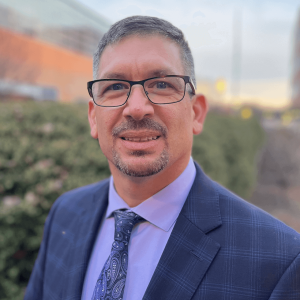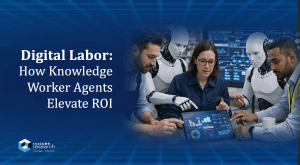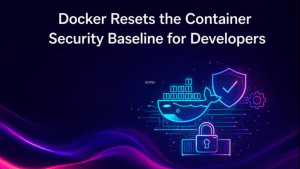By 2026, 65% of enterprises will rely on service delivery partners to manage their increasingly complex cloud-native environments; up from just 45% in 2023. This shift is being driven by the need for expert support, open source fluency, and modernization strategies that reduce risk and accelerate time to value.
In this episode of AppDevANGLE, I spoke with Nicholas Christener, CEO of Adfinis, about how modernization is evolving from a tactical IT project to a boardroom imperative and why service partners like Adfinis are now essential to bridging talent gaps, minimizing complexity, and future-proofing application strategies.
The Strategic Rise of Open Source
Open source has matured into a foundational component of enterprise tech stacks but myths still persist. “It’s not free,” Nicholas emphasized. “You need to support the business models of the open source players or risk losing them.”
Open source brings three major advantages:
- Talent Alignment – Young engineers are learning and building on open source stacks.
- Composability & Flexibility – Open architectures support faster innovation.
- Freedom from Lock-in – Enterprises can choose best-fit technologies without vendor constraints.
But none of these benefits matter without enterprise support. That’s where partners like Adfinis step in by offering lifecycle management, governance, and day-2 operations across open ecosystems built on platforms like Red Hat, SUSE, GitLab, and HashiCorp.
“Open source is no longer fringe, it’s in the epicenter of digital transformation,” Nicholas explained. “And customers need trusted guides to implement and run it securely at scale.”
Why Modernization Is More Than Replatforming
It’s no longer about simply moving workloads to the cloud. Modernization today involves:
- Architectural transformation (from monoliths to microservices)
- Operational shifts (CI/CD, GitOps, DevSecOps)
- Regulatory readiness (like Europe’s CRA compliance by 2027)
- AI integration at scale
Adfinis takes a practical, phased approach:
- Decompose legacy apps
- Lift and shift VMs onto container platforms
- Establish infrastructure as code and automated pipelines
- Build developer confidence through continuous testing and security scanning
“Confidence is the new currency of software delivery,” Nicholas said. “If you trust your CI/CD process, you can deploy faster, safer, and more often.”
And the results speak for themselves: clients working with partners like Adfinis are reducing release cycles, adopting DevOps practices, and bringing innovations to market faster with fewer downstream risks.
Busting the Myths Holding Back Adoption
Despite massive progress, lingering misconceptions still hinder enterprise adoption of open source:
- “It’s free” — False. Sustainable open source requires investment.
- “It’s insecure” — False. Transparency means vulnerabilities are often found (and fixed) faster.
- “It’s too complex” — False. Distributions from Red Hat, SUSE, and Canonical streamline the experience.
“With the right partner, open source is often simpler than proprietary alternatives,” Nicholas noted. “You get clarity, control, and community-backed innovation.”
TCO, Platform Engineering, and AI
While much of the market is chasing the next frontier like AI, platform engineering, and LLMs, some older trends are also making a comeback. With economic uncertainty and budget tightening, total cost of ownership (TCO) is once again a board-level metric. At the same time, migration away from legacy platforms like VMware (especially post-Broadcom) is accelerating.
That’s creating new demand for:
- VM-to-container migration
- On-prem modernization
- Platform unification with AI-ready architectures
“AI is pulling modernization forward at breakneck speed,” Nicholas explained. “But we’re also revisiting fundamentals like TCO, workload placement, and platform efficiency.”
Don’t Just Talk to Vendors, Talk to Implementers
Many organizations begin their transformation by engaging the big platform providers. But according to Nicholas, the real value is unlocked when they also engage implementation partners like Adfinis.
“Vendors sell platforms. We help you run them in production,” Nicholas said. “We’ve been in the room with customers. We know where things break. And we know how to fix them.”
To learn more, visit Adfinis.com or meet their team at the next open source event. And for more research and conversations shaping the future of application development, stay with us at theCUBE Research.
Open source isn’t just the future, it’s the foundation. But to make it work, you need a partner who’s walked the path.



